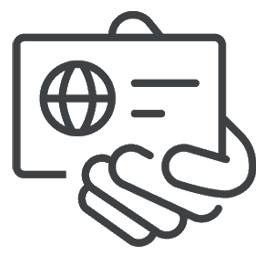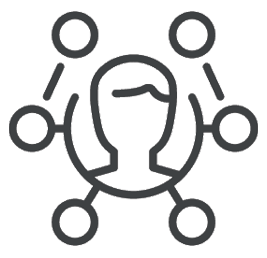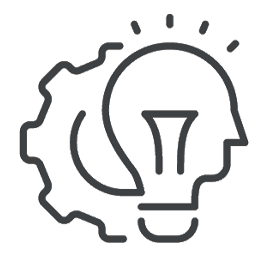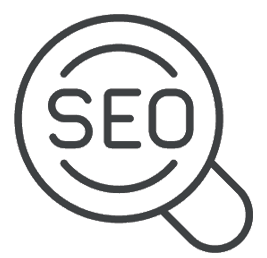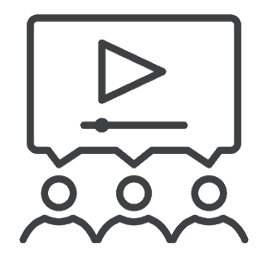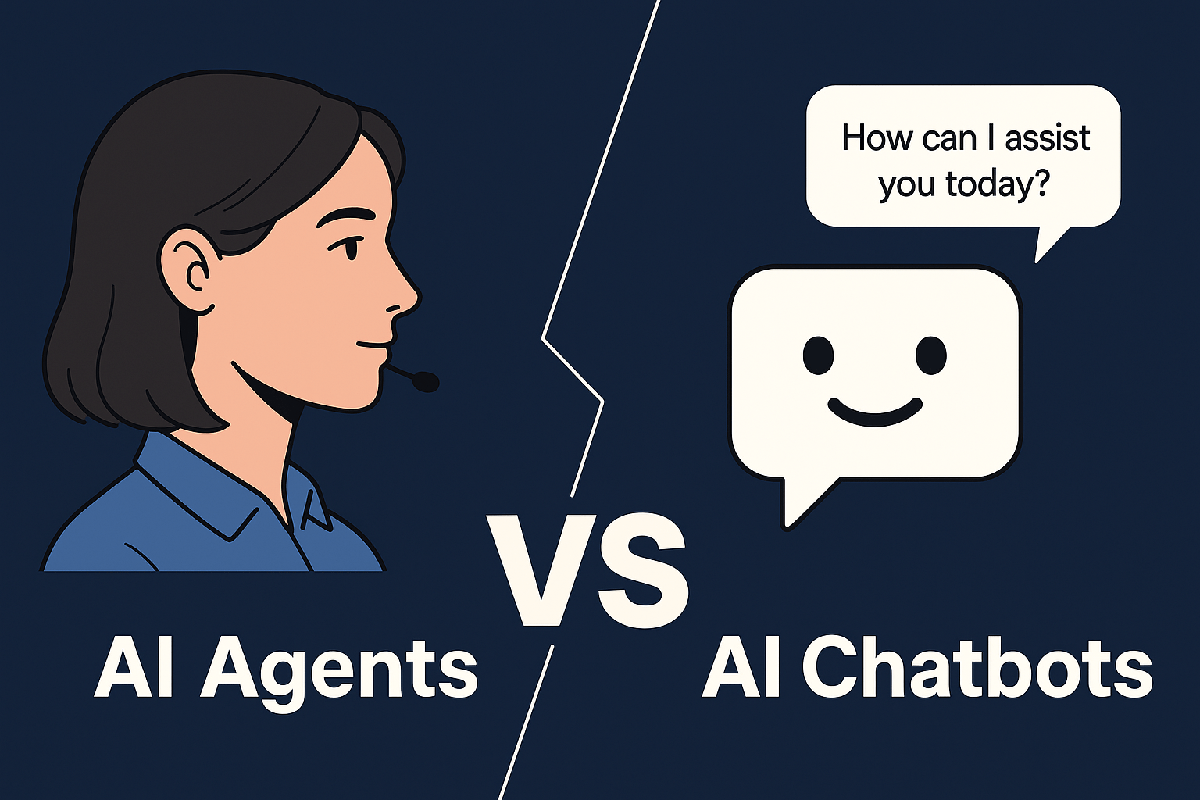As digital marketing evolves, so do the strategies that help websites thrive in search. At OC Digital Firm, one of the most transformative trends we’re leading in 2026 is the adoption of AI content grouping.
Gone are the days when a single keyword or blog post could win the SERP. Today, success requires building comprehensive, semantically connected ecosystems of content — and AI is at the heart of this strategy.
In this in-depth guide, we’ll explore what AI content grouping is, how it works, why it’s essential in the modern SEO landscape, and how our team at OC Digital Firm implements it to drive measurable results.
Understanding the Concept of AI Content Grouping
AI content grouping is the process of using artificial intelligence to organize related content into logical clusters based on user intent, semantic meaning, and topic relevance.
From Traditional Keyword Targeting to Content Clusters
In traditional SEO, content was created around individual keywords. Each blog post or landing page was a silo, optimized for a single phrase. This led to redundancy, cannibalization, and scattered site structures.
AI content grouping replaces that model with topic clusters — where one pillar page covers a broad theme, supported by cluster pages that explore subtopics in depth. These pages link to each other, reinforcing topic authority and improving site navigation.
How AI Powers Intelligent Content Grouping
AI enhances the content grouping process by analyzing language, identifying patterns in search behavior, and clustering keywords by intent. Instead of guessing which topics belong together, AI identifies logical connections, helping marketers create structured content ecosystems.
This leads to better coverage, fewer gaps, and a more cohesive strategy that aligns with both user expectations and search engine algorithms.

Why AI Content Grouping Matters for SEO in 2026
AI content grouping isn’t just a tactic — it’s a strategic shift that aligns your website with how modern search engines understand content.
Building Topical Authority and Semantic Relevance
When your website covers a topic comprehensively, it signals to search engines that you’re an authority in that niche. A cluster-based approach demonstrates depth and intent alignment — crucial for ranking in competitive spaces.
Topical authority is built over time by expanding clusters with relevant, high-quality content that all connects back to a central theme.
Improving User Experience and Crawl Efficiency
Users benefit from intuitive content paths — starting on a pillar page and exploring related subtopics. This journey not only improves engagement but also reduces bounce rates.
From a technical standpoint, well-structured clusters improve crawlability and internal link distribution, helping search engines discover and index your content more efficiently.
Adapting to AI-Driven Search Experiences
Search is becoming increasingly conversational and AI-powered. As engines move beyond keywords to understand user context and generate intelligent responses, the sites that offer well-structured, relevant content clusters are more likely to be featured.
AI content grouping ensures your site is prepared for a future where search queries are less literal and more intent-driven.
The OC Digital Firm Approach to AI Content Grouping
At OC Digital Firm, we’ve developed a proven method to implement AI content grouping across websites of all sizes and industries. Here’s how we do it:
Step 1 – Audit Existing Content and Identify Gaps
We begin by auditing your site to map out existing content, identify duplicates or weak pages, and find gaps where clusters can be built or improved.
This helps establish a content inventory and prioritizes updates based on current performance and strategic potential.
Step 2 – Group Keywords and Topics Based on Intent
Using AI tools and manual analysis, we categorize your target keywords into thematic clusters. This process looks beyond superficial similarities, focusing on deeper semantic relationships and shared user intent.
Step 3 – Develop Cluster Maps and Internal Linking Structures
We then map each cluster into a visual content structure — identifying which page will act as the pillar, and which ones will support it.
Every page in a cluster is strategically linked:
- Cluster pages link to the pillar page
- The pillar links back to each cluster page
- Related cluster pages cross-link where appropriate
This structure boosts site coherence and content discoverability.
Step 4 – Create Content with a Cluster Mindset
Content creation is tailored to serve each cluster’s goals. We write pages that fully address specific aspects of a topic, making them valuable on their own while supporting the cluster as a whole.
The focus is always on addressing user questions, aligning with search intent, and integrating internal links organically.
Step 5 – Monitor, Update, and Expand Clusters
Once clusters are live, we monitor performance using detailed analytics. Traffic patterns, engagement metrics, and SERP rankings guide us in optimizing or expanding clusters over time.
Clusters evolve, and so should the content within them — through regular updates, new pages, and smarter linking strategies.
AI Content Grouping Generator
Using an AI content grouping generator can significantly streamline the process of organizing content into logical clusters. These tools automate the analysis of keywords, identify semantic relationships, and group content topics based on user intent.
At OC Digital Firm, we use advanced AI-driven systems that act as content grouping generators to:
- Quickly analyze large sets of keywords or existing content
- Group topics into actionable clusters based on shared themes
- Recommend internal linking paths and content gaps
- Reduce redundancy and improve site structure
These generators save time, enhance accuracy, and ensure a data-backed foundation for your SEO strategy. While automation accelerates the process, we always pair these insights with expert review to maintain brand voice, relevancy, and editorial quality.
For businesses managing complex websites or large content libraries, an AI content grouping generator is a game-changer in maintaining SEO momentum and topical clarity.
Common Mistakes & How to Avoid Them in AI Content Grouping
Even a great strategy can falter if poorly executed. At OC Digital Firm, we help clients avoid these common pitfalls:
- Over-clustering: Creating too many small clusters weakens impact. Focus on quality over quantity.
- Ignoring intent: Clustering only by keywords without considering user goals leads to disjointed content.
- Weak linking structures: Failing to build strong internal links within a cluster prevents authority consolidation.
- Neglecting updates: Clusters must evolve as topics, trends, and search behaviors change.
- Automation without oversight: AI provides structure, but human expertise ensures context, accuracy, and tone.
By balancing automation with strategy, we build content ecosystems that deliver long-term SEO value.
The Future of SEO in 2026: What AI Content Grouping Enables
AI content grouping isn’t just a response to today’s challenges — it’s preparation for tomorrow’s opportunities.
A Shift to Conversational and Zero-Click Search
Search engines are increasingly presenting answers directly in results, reducing the need for users to click through. Structured content clusters are more likely to be referenced in these formats.
Being the trusted source in your cluster increases the chances of visibility even in zero-click environments.
Topic Authority Will Outweigh Link Quantity
While backlinks still matter, the quality and coherence of your content will matter more. A well-organized topic cluster with deep internal links can compete against higher domain authority if it demonstrates greater topical expertise.
From Static Websites to Modular Content Systems
Content is becoming modular — interconnected rather than isolated. AI content grouping supports this evolution by allowing flexible, scalable content strategies that can adapt to future changes in user behavior and technology.
Measuring the Impact of AI Content Grouping at OC Digital Firm
We track the success of content clusters through a combination of on-site and off-site metrics:
- Growth in organic traffic across the cluster
- Increases in rankings for related long-tail and core keywords
- Higher engagement on internal links
- Reduction in orphaned or underperforming pages
- Better crawl rates and indexing from search engines
- Enhanced user behavior signals like time on site and session depth
We use this data to optimize performance continually, refining clusters and evolving content strategies based on real-world outcomes.
FAQ
What Exactly Counts as a Content “Group” in AI Content Grouping?
A content group is a collection of related pages built around a shared topic or theme. Typically, it includes a pillar page and multiple supporting pages that cover subtopics, all connected via internal links.
How Many Pages Should I Include in Each Cluster?
There’s no fixed number, but a strong cluster often includes one pillar page and three to ten cluster pages. The key is ensuring each page serves a unique purpose and contributes to the overall topic depth.
Can AI Content Grouping Work for Small Websites or Only for Large Sites?
It works for both. Small sites benefit from clear topic focus and improved structure, while large sites need grouping to manage content sprawl and maximize topical authority.
Will Grouping Content Reduce My Keyword Rankings for Individual Pages?
If executed correctly, it enhances rankings by avoiding keyword cannibalization and increasing authority. Each page complements the cluster instead of competing with other pages on your site.
How Do I Get Internal Linking Right in a Cluster Structure?
Follow a hub-and-spoke model. Link all cluster pages to the pillar, the pillar to the cluster pages, and use contextual cross-links between related subtopics. Use descriptive anchor text to reinforce semantic relationships.
Conclusion
AI content grouping isn’t just another SEO tactic—it’s a strategic framework for building smarter, more sustainable websites. At OC Digital Firm, we help businesses organize their content to reflect how people search, think, and navigate information today.
By embracing this structured, AI-enhanced approach, your brand will not only rank better but also offer a superior experience to users. In the dynamic world of SEO, structure wins — and the time to start building is now.
Looking to implement AI content grouping for your site? Get in touch with OC Digital Firm, and let’s transform your content into a future-ready powerhouse.

